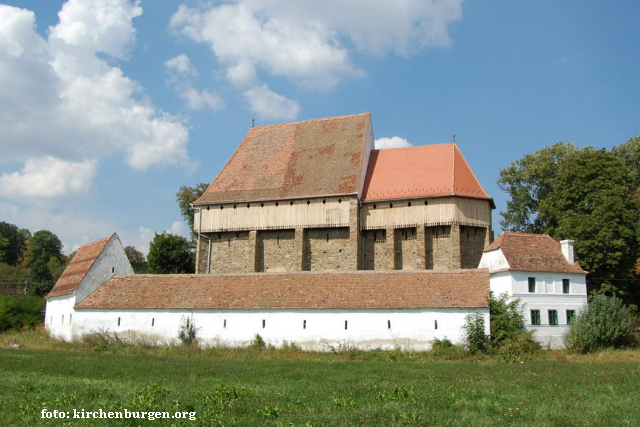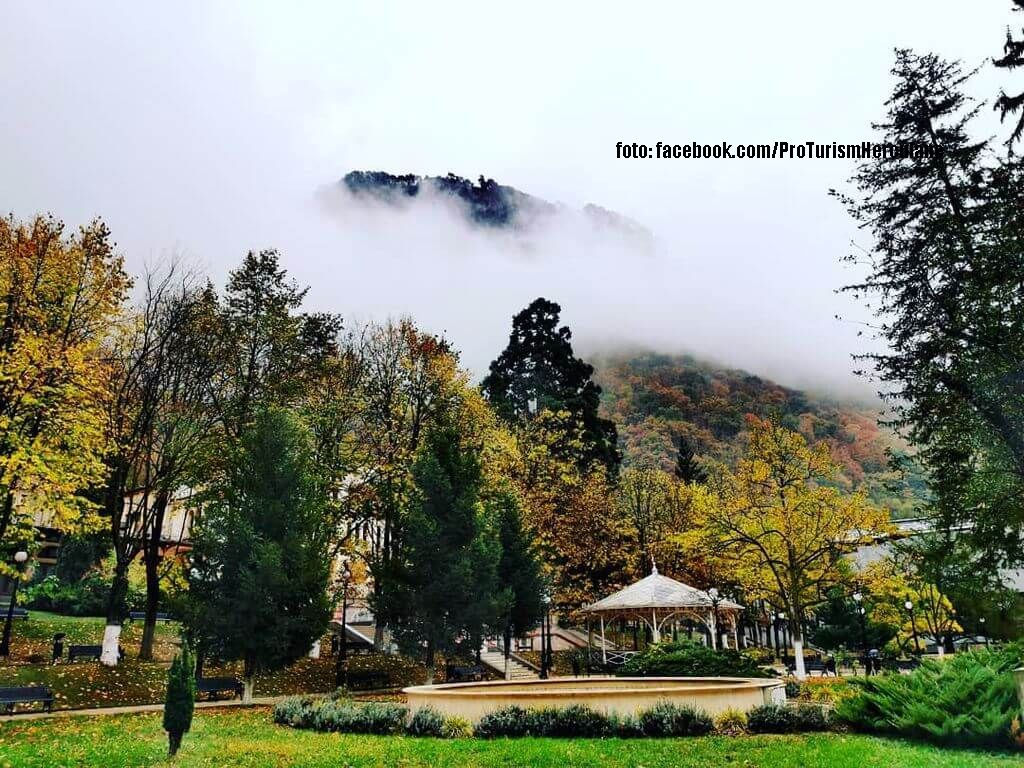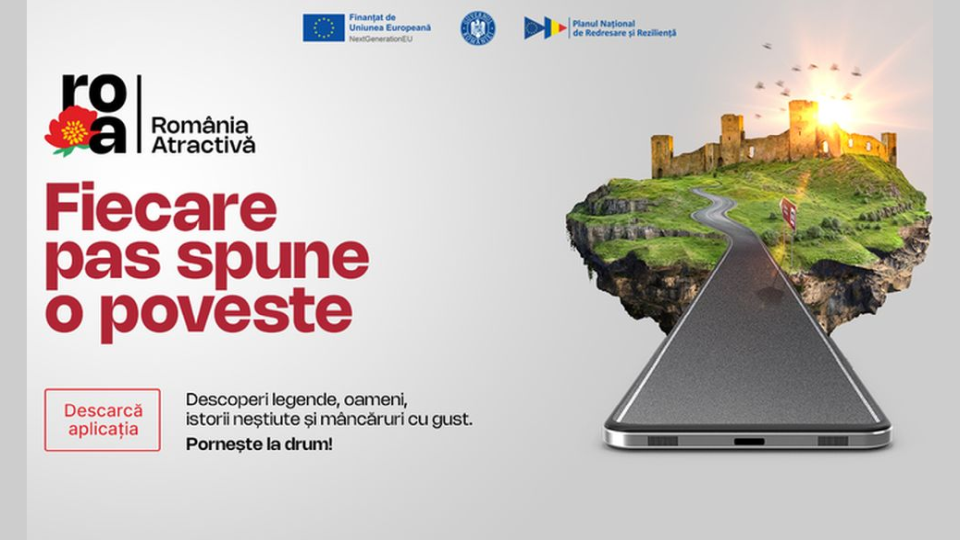Discover Transylvania’s Soul
We head to the heart of Romania, to a land of legend

Daniel Onea, 26.08.2021, 14:00
We head to the heart of Romania, to a land of legend. The rural Transylvanian landscape has always been a delight for Romanian and foreign tourists alike. Today in Transylvania we discover some of the oldest and most beautiful fortified churches. Set up in a beautiful natural context, some of them still hold mass, and host various cultural events.
It would be a good time now to mention some tools you can use to put together a circuit for visiting these fortified churches, according to Ramona Laczko, cultural referent to the Fortified Churches Foundation:
“First of all, we have our foundation’s website, kirchenburgen.org, which offers an interactive map of all fortified churches. Then we have a map of monuments, also in a digital version, which can be downloaded on the foundation website. We also have a brochure of churches, available in Romanian, German, and English. It contains a description of the over 150 monuments, with contact data for each curator, or the households that have the keys. These are just some of the tools to bear in mind, because it is important to plan ahead if you want to have a good visiting circuit. During this season, people are rather busy. They are people from the village, and that is why you should call ahead to book a visit to that particular church.
Also, it is important to establish where the trip starts and where it ends. Here is Ramona Laczko:
“We can take the urban route, in the sense that we can connect the cities of Medias, Sighisoara, Sibiu, Brasov. Then we can have a route that takes us through the fortifications of these cities, which are imposing. However, if we think of a rural route, here we have extraordinary scenery. And here is where we need that planning, because some county roads are under repair, such as that between Agnita and Sighisoara. Also, all the churches are in the heart of villages, they are not visible from the road.
Ramona Laczko, cultural referent to the Fortified Churches Foundation, recommends to us two fortifications that are not always known to Romanian and foreign tourists:
“One of them is the Bradeni fortified church. It is in Sibiu County, and what is interesting is that it shelters 300 Saxon coffers, in the attic of the church. Students studying construction and conservation at the Applied Sciences University in Hildesheim, Germany, have run a study on the coffers, and provided detailed information. They have there information panels, presenting the interesting aspects that they present. It is a small museum that many time is overlooked by tourists, because it is in a small rural community. However, the road that reaches it, coming from Sibiu, crosses the Hartibaciu Valley, which is an extraordinarily picturesque landscape. The second one I wanted to talk to you about is the fortified church in Hosman. It is true that it has come to our attention more and more. This phenomenon is interesting, because there are many Saxons that have returned, and who are very active, especially in summer. There is also a local youth organization, CEPIT, which organizes every year, except the pandemic year, 2020, a youth music festival, Holzstock. From this point of view, it is an example of reuse of the space that is the fortification.
Of course, you can visit the fortified churches by car or by bicycle, making it possible to turn this trip into one of active tourism. Here is Ramona Laczko:
“I would like to emphasize Terra Saxonia. This is a segment of the Via Transilvanica. It is 125 km long, and includes the fortified churches of Biertan, Saschiz, Mediaș, Criș și Sighișoara. They can all be reached by car or bike. If you choose the bike, the road takes you through woods, over the low lying hills of Transylvania. This is a special route, and we are glad of this opportunity that the Via Transilvanica afforded us, that of including specifically Saxon dwellings and fortifications as tourist objectives.
At this point, the activity of the Fortified Churches Foundation focuses on its program of conservation and restoration. However, in addition, there is a project to change the role of three fortifications, as Ramona Laczko told us:
“It is focused on the possibility of accommodating tourists within the confines of the fortification. There are more examples, but with this project we strike a balance between conservation and profitable use. It supposes a minimal intervention over the historical material and the architecture of the monuments. The intent is to emphasize the experience that a tourist may have at the site, and not the accommodation in itself. We also organize a number of summer schools in Movile and Bradeni, together with European Heritage Volunteers. They focus on new procedures of conservation and restoration. Transilvania Card is an instrument to encourage cultural tourism in the region, but we thought we would turn to a digital version, making an app that can be downloaded, offering every tourist the possibility of putting together their own routes. We hope to launch this project in autumn.
We found out that the greatest attraction for tourists is the architecture of each fortified church, since each of them are unique. Here is Ramona Laczko, cultural referent to the Fortified Churches Foundation:
“You’ll never get bored visiting ten churches one after the other, because each is surrounded by different scenery. I think this is what fascinates tourists the most. In addition, the view you have from the top of the belfry of each church or fortified tower is incredible. It is fascinating that you can go to a fortification in mid-December, and have an experience equal to that in the middle of summer. The pandemic has affected the cultural event calendar, but we still hold them, even if fairly ad-hoc.
In the case you have been persuaded, you can visit the kinchenburg.org website and put together your own custom circuit.






























